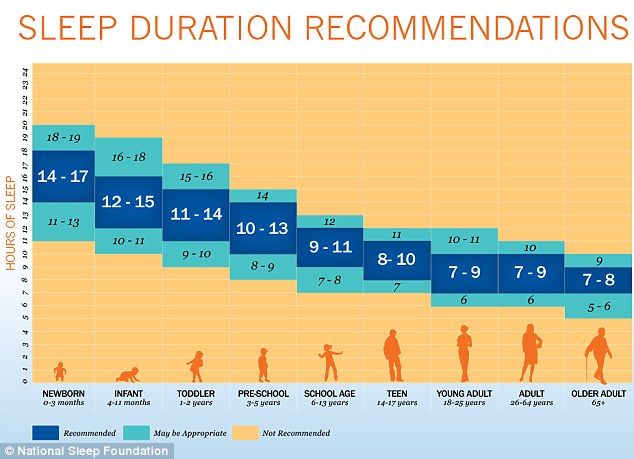6 Back-to-School Sleep Tips: Creating a Healthy Sleep Routine
Though COVID-19 disrupted many families’ traditional back to school routine last fall, what never changed is that getting enough sleep is still be crucial to your child’s success. Whether they attend classes in-person, online, or a mixture of both, back to school means early mornings, days packed with learning and after school schedules filled with homework and other activities.
Studies have shown that lack of sleep can contribute to serious health issues later in life.
“Most people consider food and physical activity when crafting a healthy routine for their families,” said Rebecca Mason, RDN, a registered dietitian/nutritionist in Michigan. “But sleep is the foundation of a healthy lifestyle, so it’s important to focus on making sure everyone is getting a good night’s sleep, too.”
Lack of sleep can contribute to serious health issues such as heart disease, diabetes and obesity. Good sleep habits have been shown to increase immunity and decrease the prevalence of chronic pain. A good bedtime and sleep routine will help your child adopt healthy habits early in life and avoid the complications of insufficient sleep later on. Not to mention, healthy sleep habits can also help ease anxiety and stress.
How can you help your children transition from their relaxed summer sleep schedule to a successful back-to-school sleep schedule? Here are seven tips that will help you establish a good night’s sleep for your child during the school year, no matter what age.
1. It’s important to know how much sleep your child needs based on their age.
The National Sleep Foundation graphic below indicates appropriate amount based on age:
2. Stay active.
The more exercise your child gets throughout the day, the more energy they’ll have burned off. This will make it easier for them to wind down at the end of the night. Enjoy the last few days of summer weather spending time being active as a family, swimming, biking, playing tag and having fun exploring outside. Make sure physical activity remains a priority in your child’s routine to help them get a restful slumber.
3. Eat Healthy.
Nutrition impacts the quality of your sleep. According to the Cleveland Clinic, some foods raise serotonin, a key hormone that promotes healthy sleep. Focus on incorporating complex carbs, lean proteins and fresh herbs into dinner recipes to increase your family’s serotonin levels.
4. Power down before bed.
Electronics emit a blue light that tricks the mind into believing it’s daytime. And the content on these devices simulates the brain rather than settles it. All electronics should be turned off at least an hour before bedtime.
5. Create a relaxing bedtime routine.
It’s necessary to find a bedtime routine that works for your child. Perhaps, it’s a relaxing bath after dinner, reading a few chapters of a book, doing a bedtime yoga sequence, singing a lullaby or sharing prayers or what they are thankful for – or a combination of a few of these. The goal is to create a routine that tells the brain it’s time to start relaxing and settling down for bed.
6. Make the bedroom a sleep sanctuary.
Take the opportunity to create an ideal sleep environment. Their bed should only ever be used for sleep and their bedroom should be uncluttered. In addition, during bedtime, the room should be as dark as they’ll tolerate and cool, between 65 to 72 degrees. Try a sound machine or fan to create rhythmic white noise that can be relaxing and help drown out other sounds outside or in the house.
Lastly, practice what you preach. These tips are not only for kids. You can improve your own daily routine by getting a good night’s sleep and increasing your energy throughout the day. And it sets a positive example for your kids. They’ll feel more inclined to cooperate if the back-to-school sleep program is for the whole family.
This article originally appeared in Priority Health’s ThinkHealth Blog. Read more here.
back to blog